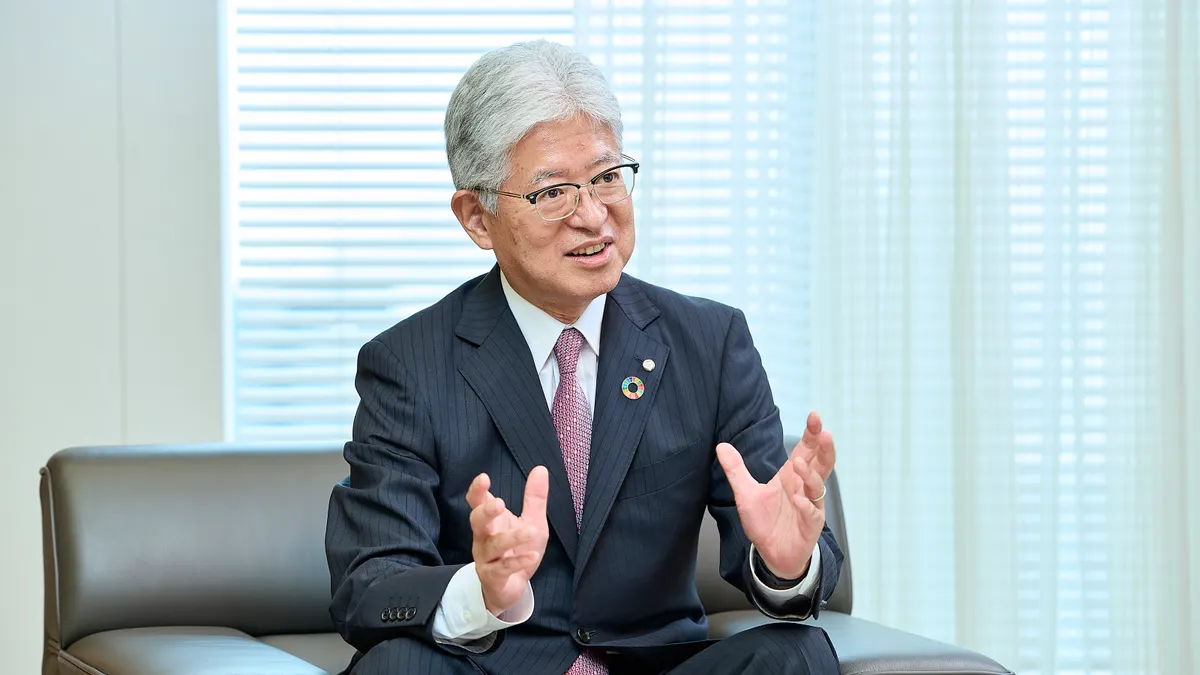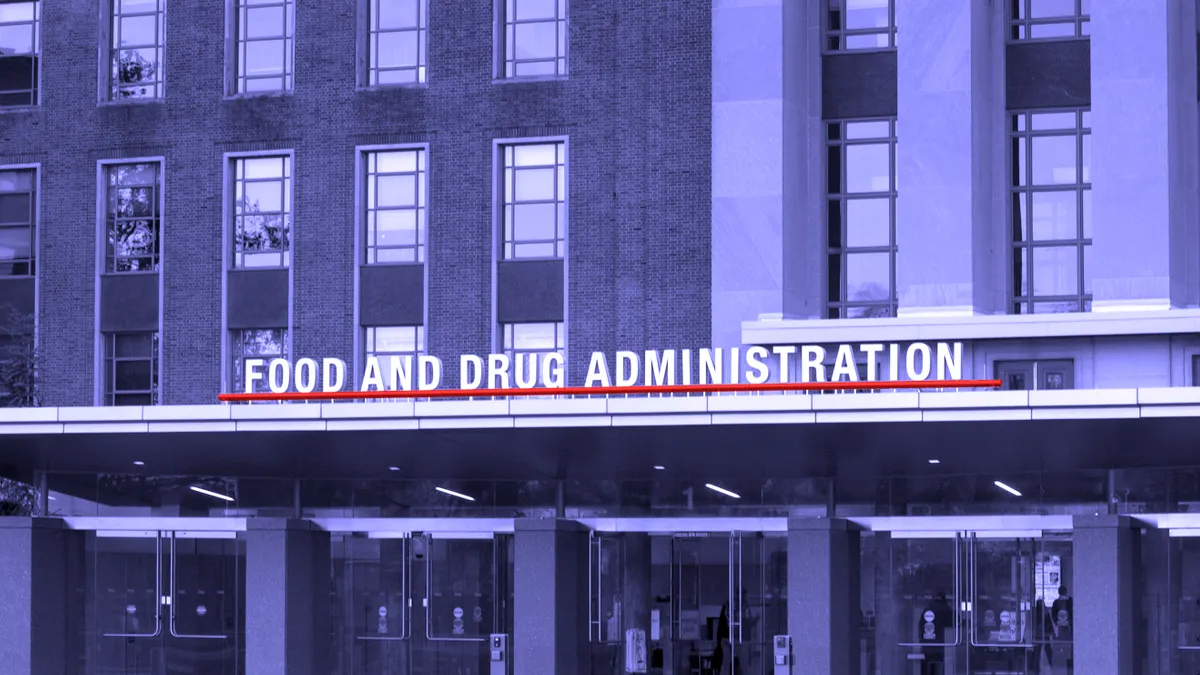It’s a patient-centric world. Patients today are active consumers, not passive recipients. They want to be a partner in your clinical trial. How can you make use of technology to meet their needs, help them feel engaged in your study, and ensure a more successful clinical trial?
The first article in this six-part Tech Success series discussed the power and potential of mobile communications to enhance patient retention. Today’s installment discusses how apps can help increase medication adherence.
Patients are the lifeblood of a clinical trial. But as every study sponsor knows, keeping enrolled patients engaged and ensuring that they adhere to the study protocol – in particular, that they take their medication correctly – can be difficult.
Today’s patients are no longer passive healthcare consumers. Due in large part to the rise of the Internet and better access to health information, they are empowered. They expect to be active participants in their healthcare and they expect the same when they enroll in a clinical trial.
Smart clinical trial sponsors are using a variety of new technologies, including mobile apps, to keep their study participants engaged and to ensure that they are taking their medication correctly.
Poor medication adherence and compliance, of course, can be a major issue in a clinical trial. Patients may fail to take their medication correctly for many reasons: they may forget to take it, the medication may not be close at hand when they are scheduled to take it, or they may be experiencing side effects and choose not to take the medication. Others don't understand the potential benefit of a drug or find the dosing regimen to be too complicated. Some patients take the medication incorrectly: they may store it improperly, affecting its potency, they may administer it incorrectly (as with an inhaler or injectable), or they may take it at the wrong time. (Timing can be particularly important if the trial includes clinical visits to assess the drug’s safety and effectiveness.)
The consequences of non-adherence can be significant. Safety issues may go undetected, or a drug’s efficacy may be incorrectly interpreted, leading to erroneous dosing recommendations in the future. Even worse, a promising medication might be dropped from development if erroneously deemed ineffective, or an ineffective drug might be further developed. The costs can be significant, as well; if patients don’t follow the protocol, investigators may need to enroll even more patients or, in some cases, repeat the entire study.
A well-designed clinical trial app can help patients feel more engaged in the trial and increase medication compliance.
“Medication reminders are the foundational element,” in increasing adherence, says Jeff Lee, President, eCOA & Patient Engagement, Bracket. “They can proactively remind the patient to take the drug during each dosing window, as well as remind the patient if dosing is not confirmed within a specific window.”
Reminders are typically in the form of simple text messages or app notifications, customized to the study’s requirements and patient demographics. Additional messages, such as those that remind participants of study site visits and other protocol obligations, can also help increase medication adherence.
App elements, like dosing videos, engaging graphics and appreciation messages, are also beneficial. One particularly useful element is the ability to quickly report side effects such as nausea. When a side effect is reported, the clinical trial investigator can adjust a patient’s dosage, treat it with other therapies, or modify in accordance with the protocol, allowing the patient to continue in the trial or withdraw as needed.
Several studies have demonstrated the effectiveness of such technologies. Bracket’s Patient Engagement Solution, for example, was tested in a clinical trial that required patients to take medication and make several visits to the study site. One group used the Bracket app and received regular text message reminders about medications and site visits, as well as appreciation notes. The other group did not use the app and received no reminders. The participants who got reminders had far fewer drug interruption protocol deviations, resulting in an 85% reduced risk of drug interruptions and 250% fewer patient withdrawals, compared to those who got no reminders.
Another study assessed Bracket’s Patient Engagement Solution in a clinical trial where patients were required to give themselves an injection every two weeks. Early in the trial, patients were experiencing one protocol deviation every three “patient months.” Those who then started using the Bracket app – which provided instructional dosing videos, medication reminders via app, text message, or email, and requests to confirm dosing – had 91% fewer protocol deviations.
“That was a dramatic reduction in protocol deviations,” says Lee.
It’s important to choose the right type of message, adds Denis Curtin, principal at Bracket. “They need to strike the right note to meet the intended objective, whether it’s prescriptive, motivational, engaging, or appreciation.
“Over the years, covering several hundred studies, we’ve developed an extensive library of messages that have been refined to meet the needs of the study and participating patients across more than 50 indications and multiple patient demographics.”
Pharma industry leaders are also exploring other technology-based methods to increase medication compliance. For example, “smart” pill containers can alert a patient when it’s time to take a medication, as well as track whether the medication was removed from the container. Smart pills can be fitted with a sensor that, once ingested, communicates with a patch-type sensor worn by the patient. The patch records the date and time the pill was ingested, as well as other data such as activity level, and makes the data available to patients and healthcare providers on a web-based dashboard. Another option is video-based software that uses artificial intelligence and facial recognition to confirm a patient has taken their medication, and reports the event to study coordinators.
"Patient engagement is key," says Lee. "If the patient is feeling more engaged and confident about their study participation, that will only benefit their medication adherence level."
Create your own user feedback surveyNext up: Part III of the Tech Success series—Improving patient engagement with educational tools.





